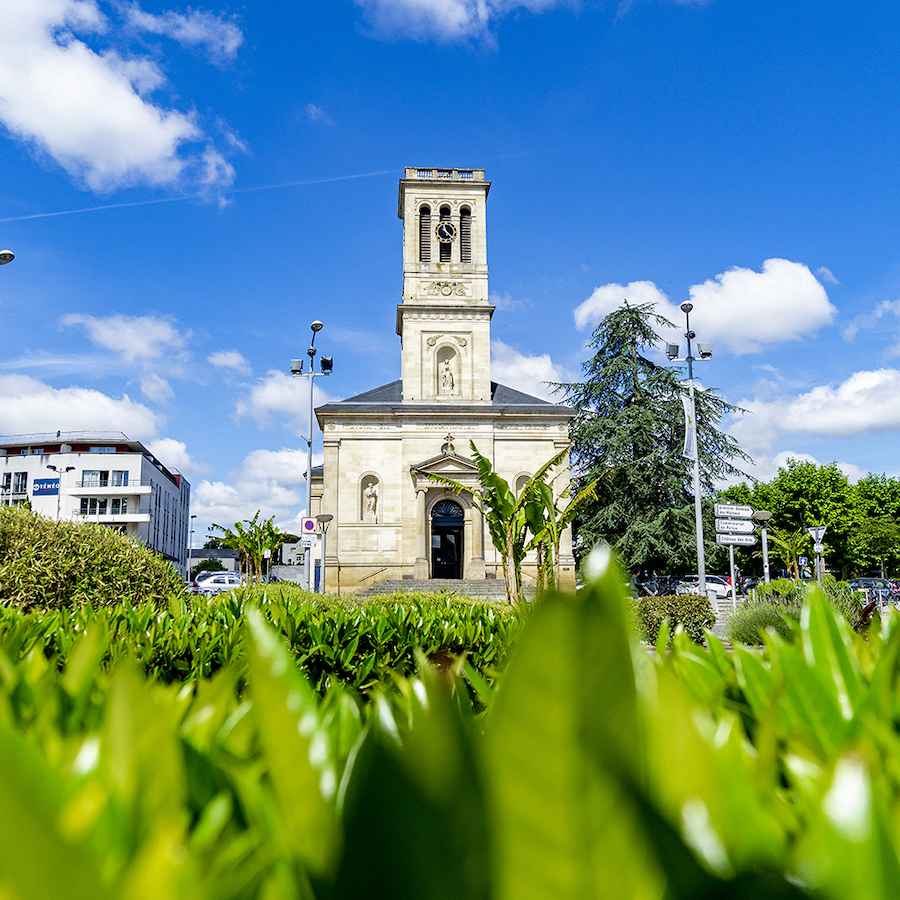
Talence
History of Talence
A long-time forest area, Talence counted only a few isolated hamlets until the 17th century, before the wealthy Bordeaux merchants began to build sumptuous homes on the trade routes linking Bordeaux to Toulouse, Bayonne or La-Teste-de-France. Buch. Many chartreuse and bourgeois villas continue to be built during the 18th and 19th century, surrounded by parks and gardens still visible today. Always rural at the beginning of the 19th century, the territory of Talence begins its mutation with the industrial revolution. In parallel with the development of industrial activities, forest plots are gradually being replaced by vineyards. From the 1970s, the sector becomes more residential.
The essentials of Talence
Religious heritage, parks, castles and classified wood form the backdrop of Talence. The Notre-Dame church, built in the middle of the 19th century, is a remarkable example of Greco-Roman style. It houses a precious Pieta 15th century offered to the parish by the Abbey of Fontevraud. The castle and the domain of Thouars, first hunting rendezvous of the monarchs of England, was fortified to become lordship in the 16th century. Other must-see sites in Talence, the castle and the Peixotto park, jewels of the 18th century which then welcomed in the splendor all the high bourgeoisie of Bordeaux. The French park is designed by the landscape architect François Lhote, disciple of Le Nôtre. It continues today on a sublime botanical garden. The 18th century saw the flourishing of exceptional homes, villas or wineries: Castle Mission Haut-Brion, Castle Margault, Castle Arts, Castle Raba, Carthusian Castel Terfort whose park houses the sculptures of the artist Gaston Schnegg , or area of the High Square became monastery. On the natural side, the territory of Talence includes the exceptional area of ecological interest of Thouars wood, a forest area whose central pond, an old pond, is classified as a national ecological reserve.
Living in Talence
Bordering the center of Bordeaux, Talence extends to the southwest from Boulevard Georges V. Commune of Bordeaux Métropole, it houses on its territory part of the university area Bordeaux: including part of the University of Bordeaux, Arts and Métiers ParisTech, National School of Electronics, Computer Science, Telecommunications, Mathematics and Mechanics of Bordeaux, Polytechnic Institute of Bordeaux, National School of Architecture and Landscape of Bordeaux, as well as the Higher Institute of Industrial Logistics. It is also in Talence that the school of hotel and tourism of Gascogne is located. As a sporting city, Talence organizes the Decastar athletics meeting, dedicated to the heptathlon and decathlon disciplines. Among the many sports facilities in the town are the large sports complex of Thouars, the Henri-Deschamps water sports stadium, and Pierre-de-Coubertin stadium. Access to the center of Bordeaux is facilitated by the urban transport network which generously serves the city through the tram line B and 7 bus lines.